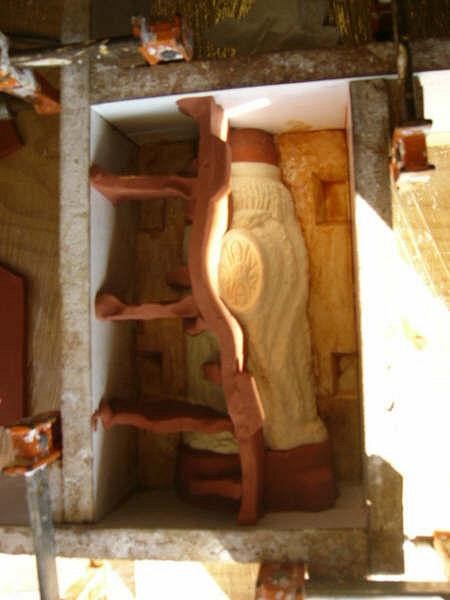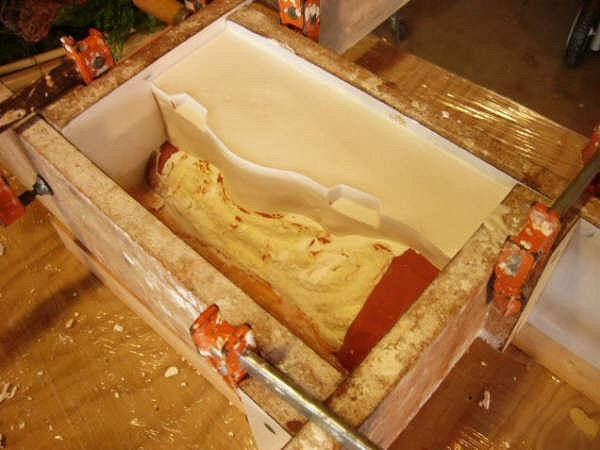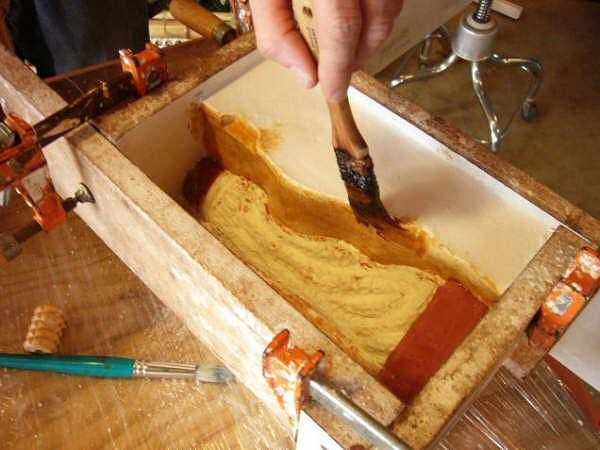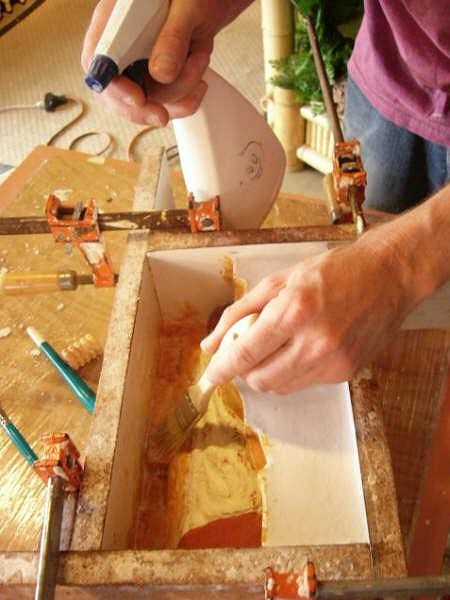Tiki Central / Other Crafts / Plaster Mold Making & Some Ceramics
Post #376566 by Bowana on Sun, Apr 27, 2008 8:14 AM
|
B
Bowana
Posted
posted
on
Sun, Apr 27, 2008 8:14 AM
First of all, I just want to say that this is my 500th post on TC! Yay! :) MadDogMike, and anyone else in the SD area: check out Free Form Ceramics in National City for your ceramics needs http://www.freeformclay.com/ They've got clay, plaster, tools, kilns, glazes, and a plethora of other supplies for the ceramicist.
We're almost done now! There's still a few little tricks left that we'll cover when we continue, but for now these are the basics of mold making of this type. Robin, Clarita, Frosty, Pat, Harro, Paipo, MadDog, LLT, we are expecting to see some cool ceramics from you all in the future! :) Bowana |




